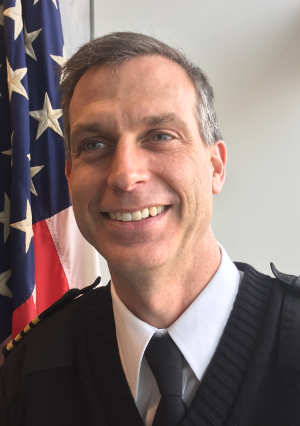- Bob Schneider
- Posted On
Schneider: Bad deal – recreation and ecological treasure devastated for minimum wind energy

LAKE COUNTY, Calif. – It is easy to miss. The road sign on Highway 20 says simply “Walker Ridge Road.” Here a narrow dirt road runs north roughly along the Lake-Colusa County line to the Bartlett Springs Road.
For me, it is always hard to not make that turn. This place tells a story of plate tectonics and is an ecological treasure.
Serpentine is our state rock and there is plenty of it here. It was formed as dense rock, peridotite, at a mid-oceanic ridge and became a part of the Pacific Ocean Plate. It moved east and was then “subducted” under the North American plate. With water and pressure, it changed to serpentinite. Being less dense, it slowly rose to the surface along fault lines and through mud volcanoes.
These rocks and soils are “young” with lots of magnesium and iron and lacking in potassium and nitrogen. As a result, special rare and endemic plants have evolved to grow only on these soils. In addition, one can look down to the east to Bear Valley renowned for wildflower displays and dragon and damselflies.
Along with the serpentine came gold, nickel, and mercury. On the east flank is Wilbur Hot Springs and in that upper valley along Sulphur Creek were many mercury mines. One drilling project there created an artesian geyser known as the Fountain of Life. It looks great but is also an active source of mercury pollution.
At the high point of the road along the ridge is a communication site. From this place there is an awesome view. To the north one sees Goat Mountain, Snow Mountain and St. John Mountain. On occasion one can see Mt. Shasta and Mt. Lassen.
To the east are the Sacramento Valley, Sutter Buttes, and the Sierra Nevada. South, one sees the Cortina Range, the Cache Creek gap and the Blue Ridge.
Then, to the west are Mount St Helena, Boggs, Cobb and the two summits of Mount Konocti. There are glimpses of Clear Lake and at one’s feet is Indian Valley Reservoir. It is no wonder that the ridge is rich in Native American sites. I am sure that they came as I do to see so much of the world.
I am not alone in loving this place. Hikers, campers, managed off highway vehicle users, hunters, birders, botanists and equestrians share this place.
And, now this treasure is threatened by an industrial scale wind development project proposed by Colusa Wind LLC aka Algonquin Power and Utility. There is low wind energy potential on Walker Ridge and very high recreation and ecological values. This is a bad deal for everyone.
The narrow 20-foot wide road will be widened to 75 feet and turning curves will become 300-foot bulldozed swaths. They propose up to 42 turbines with rotor tips towering to 676 feet. They claim they will only fence the turbine sites, but one suspects that there will be constant pressure to fence off more of Walker Ridge from the public use.
Habitat will be lost. Recreational opportunities will be lost. Migratory birds, including bald eagles, golden eagles, osprey and also bats will be killed. Important wildlife migratory corridors for deer, bear, mountain lion, neo-tropical birds, and bald eagles will be disrupted.
And, our public safety will be threatened. Wind turbines cause fires and Walker Ridge is in high and extreme fire zones. Are we really going to construct a new fire threat in these conditions? Have we forgotten the Pawnee fire or the Mendocino Complex’s Ranch fire that both burned on Walker Ridge?
I treasure Walker Ridge. It is a spiritual place that we all can visit.
I will fight to protect it. Please join me.
Bob Schneider is a member of the Protect Walker Ridge Alliance. He lives in Davis, California.













